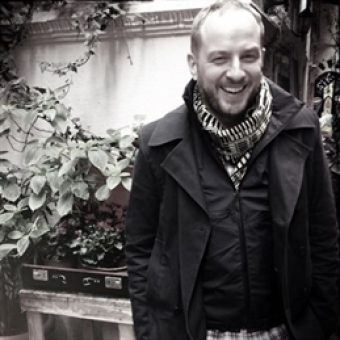May kicked off with the first webinar of the series How can Qualitative Research support and inform a Non-Profit Organisation’s aims and objectives? Speaker Sven Arn took insights from the research industry and explained how to address and understand different types of Donors.
It was fantastic to be a part of the kick-off for a new series of webinars set up by the ESOMAR Foundation to help and encourage non-profit organisations to use qualitative research. In our piece we focused on how principles of commercial marketing thinking (like the customer journey) can be translated effectively for non-profits for their communication with the general public and donors.
My co-speaker, Sonia Whitehead from BBC Media Action spoke about how qualitative research is used in actual development projects. Showing that qualitative approaches can be applicable in many different areas of non-profit activity.
Research for non-profit organisations, however, has its own particular set of challenges. These include
- Non-profits are driven by their principles and aims rather than by commerce so the very nature of ‘consumer’ research itself may be questioned.
- Because they are focused on effectiveness of their activities, they tend to be quite numbers driven and thus less inclined to use qualitative research.
- From the donor perspective, the concern that money is being spent on non-essentials rather than going to the projects and people that need it.
In the webinar we talked about how qualitative research can be an excellent reality check and lead to better decisions when it comes to addressing donors. In our experience we have often seen it invaluable in finding that fine line between creating reaction through impactful (and sometimes controversial) messaging rather than reactance.
Adjust claims using qual. research to better reach your target audience
In a recent project we conducted for a conservation organisation, we explored different claims that the organization is planning to introduce to support a new communications strategy. A small quantitative pre-check helped to separate out the strongest three claims, but it was only through qualitative research that we could understand which of the claims had the strongest potential to engage the audience.
Using storytelling research techniques we could explore how the claims worked in reassuring donors that their donation could really make a difference. This does not happen when communication is too optimistic and positive – but is equally endangered if the messaging is too drastic.
Qualitative research offers fantastic possibilities to explore individual reactions but also to set these in a social context. There is something fundamentally social in the relationship that people have with the non-profits they support, but the decision to become a donor is very personal. With qualitative research you can look at both sides of the donor experience and this can be invaluable in optimizing communication and messaging.
Methodologically there are a few considerations to bear in mind. First and foremost, it is important to get research participants on board. Careful explanation is required to avoid perceptions that money is not being wisely spent. This can elegantly be offset (and costs reduced) by offering participants the possibility to donate their incentives.
Traditional qualitative methods like focus groups can be a quick and easy way of exploring the audience’s perceptions and gauging reactions to ideas. Newer, collaborative methods such as co-creation sessions and online communities an excellent way to develop ideas and to engage different audiences and internal stakeholders. It also gives internal audiences a real sense of the point of view of the general public.
One thing we have learnt in translating marketing principles to the non-profit world is that these organisations need to engage fast and emotionally. The decision to support an organisation does not usually come from carefully considered reflection but is made relatively spontaneously.
In summary, qualitative research provides extremely valuable ways of identifying how to achieve this connection.
About the author
Sven Arn is Managing Director and Partner at Happy Thinking People in Germany. He has been with the company since 1991 and became Managing Director in 1997. His research focus is in international and cross-cultural research with a specific expertise in insight development, positioning and brand strategy.
Missed out the presentation? You can still check it here.
Interested to learn more about the topic? Join us for the next webinar!
















